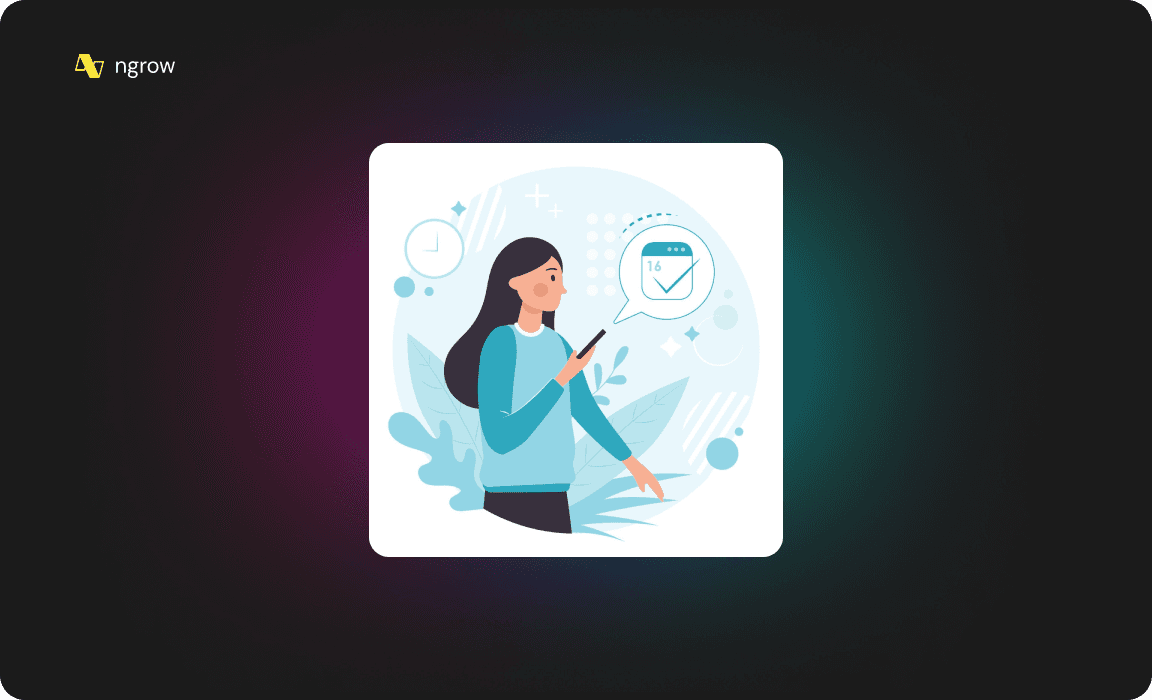2
min to read
May 29, 2024

Personalization in Push Marketing: Best Practices
Personalization is a crucial aspect of push marketing, as it enables businesses to tailor their push notifications to individual users' preferences, behaviors, and demographics. By personalizing push notifications, businesses can increase user engagement, retention, and ultimately, conversions. In this article, we will explore the best practices for personalizing push notifications and provide guidelines on how to achieve better user engagement and retention.
Why Personalization Matters
Personalization is essential in push marketing because it allows businesses to:
Increase User Engagement: Personalized push notifications are more likely to grab users' attention and encourage them to interact with the brand.
Improve Retention: Personalized push notifications help users feel valued and understood, leading to increased loyalty and retention.
Enhance User Experience: Personalized push notifications provide users with relevant and timely information, enhancing their overall experience with the brand.
Best Practices for Personalization
To achieve better user engagement and retention through personalization, follow these best practices:
Segment Your Audience: Segment your audience based on demographics, behavior, and preferences to create targeted push notifications.
Use User Data: Use user data such as name, location, and purchase history to create personalized push notifications.
Timing is Everything: Use timing features to send push notifications at the right moment, such as when users are most likely to engage with the brand.
Content is Key: Create engaging and relevant content for your push notifications, including offers, promotions, and new arrivals.
A/B Testing: Conduct A/B testing to compare the effectiveness of different push notification strategies and optimize them for better results.
Personalization Techniques
Here are some personalization techniques you can use to create effective push notifications:
Dynamic Content: Use dynamic content to insert user-specific information into push notifications, such as names or locations.
Behavioral Triggers: Use behavioral triggers to send push notifications based on user behavior, such as abandoned carts or low inventory.
Segmented Campaigns: Create segmented campaigns to target specific user groups with tailored push notifications.
User Feedback: Use user feedback to personalize push notifications and improve the overall user experience.
Examples of Personalized Push Notifications
Here are some examples of personalized push notifications that you can use to inspire your own campaigns:
Welcome Messages: Send personalized welcome messages to new users, including their name and a brief introduction to the brand.
Abandoned Cart Reminders: Send personalized reminders to users who have abandoned their carts, including the items they left behind and a special offer to complete the purchase.
Birthday Offers: Send personalized birthday offers to users, including a special discount or promotion to celebrate their special day.
Location-Based Offers: Send personalized location-based offers to users, including special deals or promotions based on their location.
Challenges and Limitations
While personalization is a powerful tool for push marketing, there are some challenges and limitations to consider:
Data Quality: Ensure that your user data is accurate and up-to-date to avoid sending irrelevant or incorrect push notifications.
User Consent: Obtain user consent before sending personalized push notifications to avoid violating user privacy.
Over-Personalization: Avoid over-personalization, which can lead to users feeling overwhelmed or annoyed by too many push notifications.
Conclusion
Personalization is a crucial aspect of push marketing, as it enables businesses to tailor their push notifications to individual users' preferences, behaviors, and demographics. By following the best practices and techniques outlined in this article, you can create effective personalized push notifications that increase user engagement, retention, and conversions. Remember to segment your audience, use user data, and create engaging content to achieve better results.



